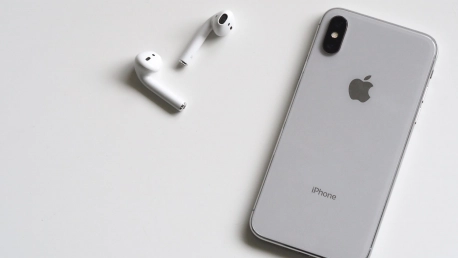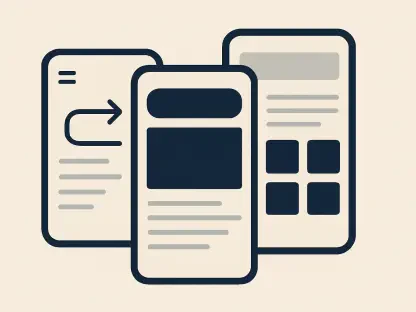Despite causing quite the rift in the consumer world, dividing entire generations into two sides—those who love them and those who loathe them—Apple’s AirPods still remain the world’s best-selling wireless earbuds.
They’re sleek, innovative—yet no so convenient. A pair can easily set you back $160—or $200 if you feel like springing for the special version that comes with a new case you can charge wirelessly—as opposed to $50, which is how much a pair of good wired earphones go for. The cost itself is not the only inconvenient factor; there’s also the issue concerning their finite life.
Many a user has complained about the batterie’s short lifespan. It appears that the AirPods’ sleek design requires “embedding the batteries, circuit boards, microphones, and antennas directly into the tiny earpieces … making it impossible for us to open them to replace the batteries”.
Which begs the question: what happens to AirPods once their lithium-ion batteries degrade? iFixit.com, a repair guides site, gave the AirPods a repairability score of zero out of 10, calling them “consumable/disposable” items. The New York Times ran a piece last April, selling the AirPods as “sleek and convenient”, but “difficult and expensive to maintain”.
Critics looking to build an environmental case against Apple’s AirPods are factoring in the following points:
- Lithium-ion batteries have a finite lifespan;
- As iFixit.com pointed out, they can’t be repaired due to the inside components that are glued together;
- They are not 100 percent recyclable—for the same reasons;
- Like most modern gadgets, they can’t simply be thrown into the trash because their batteries contain minerals and could pose fire hazards once in waste dumps.
But here’s the silver lining: Apple does allow you to recycle certain key components that make up their AirPods (although not many users appear to be aware of it). All you have to do is order a prepaid shipping label from the company’s website then ship your device with the label to one of Apple’s recycling partners. Alternatively, you can return your AirPods to any Apple Store for recycling.
“As with all of our products, we work closely with our recyclers to ensure AirPods are properly recycled and provide support to recyclers outside of our supply chain as well.”
But what happens once your defunct AirPods have reached their destination? This is where it gets interesting. According to Wistron GreenTech, one of the many e-waste recycling companies Apple contracts with, you can recycle the battery once the mineral cobalt is extracted from it. Easier said than done, of course. Without an automated system in place to crack open the AirPods and extract their batteries, each device needs to be pried open with pliers and jigs. Once they’ve managed to safely dislodge the battery and the audio drivers (which also contain precious metals mined in terrible conditions), “the battery is sent to a specialized smelter to extract the cobalt”, while “the drivers are sent to precious metal refiners”.
What about the rest of the components that make up Apple’s AirPods? It’s hard to say. Up until now, the company has refused to disclose any such information about the process. While Apple does make it possible for its customers to send back their AirPods to be recycled, it doesn’t offer any financial incentives—like it does for returning late-model iPhones and MacBooks—nor does it prompt shoppers to return their defunct AirPods when purchasing new ones.









